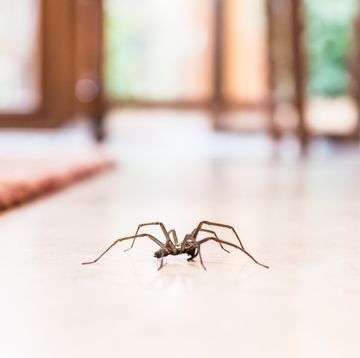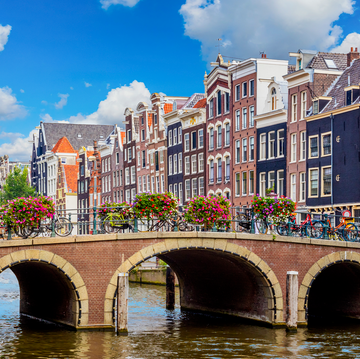25 Things You Never Knew About Fall
The reason leaves change color is actually fascinating!

It's safe to say that fall is nearly everyone's favorite season, and honestly, how could it not be? The days might be getting shorter and winter might be just around the corner, but autumn is full of pleasantly warm days with crisp air, sunshine, beautiful fall foliage to take in, and tons of delicious pumpkin spice treats to be found. There's pumpkin picking, cider drinking, and the perfect conditions to be outside. It's just a cozy, wonderful time of the year.
But even if you're a big fan of autumn, you probably don't know everything there is to know about the season. Here are a few facts you may not have known about your favorite time of year.
Fall was once called "harvest."
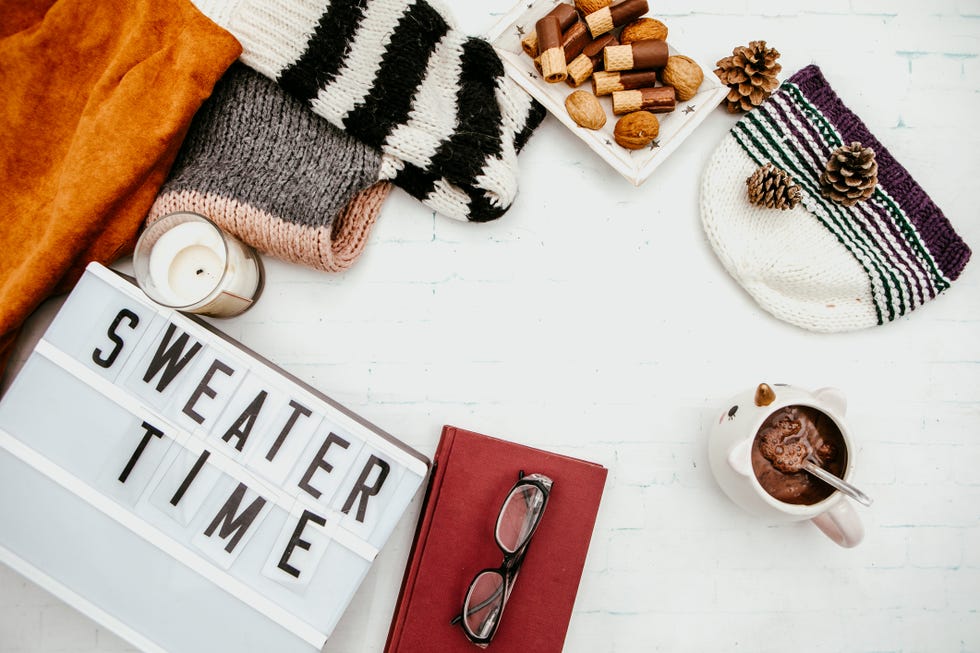
When you think about it, it's kind of strange that fall is the only time of year with two names: spring, summer, and winter each only have one name, while fall is also known as autumn. The season once had a third name as well—in 12th- and 13th-century Middle English, fall was called "haerfest," which was the act of taking in crops. Eventually, it was known as "harvest" because the full moon closest to the autumn equinox is called the harvest moon.
The term "fall" came from a phrase.
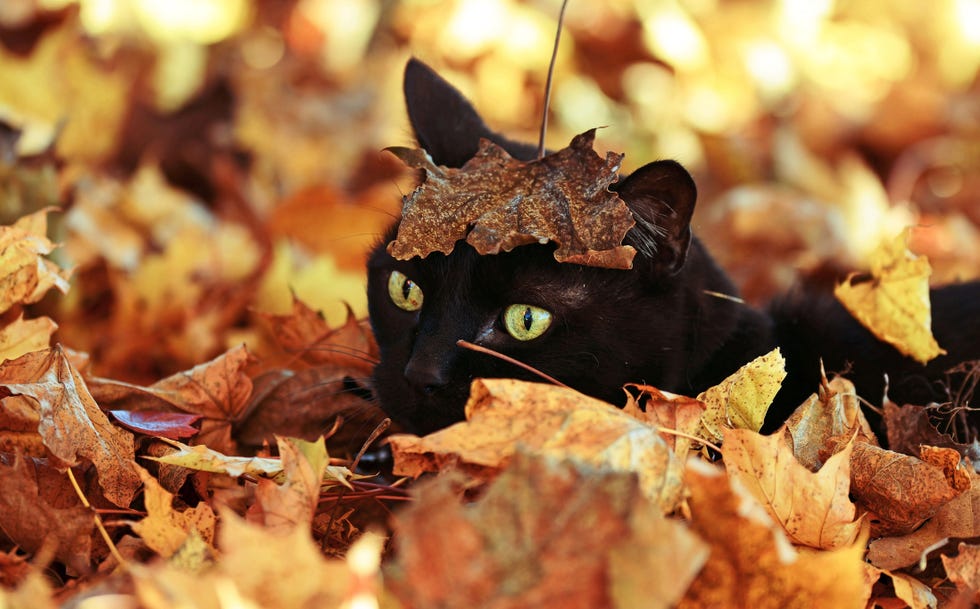
After fall was known as "harvest," it eventually can to be called "autumn"—so how did "fall" became the dominant term? In the early 1600s, people started moving into cities, and use of the term "harvest" lessened. They started saying "fall of the leaf" to refer to the third season of the year, because the leaves would fall from the trees. Over time, "fall of the leaf" was shortened to "fall," and it stuck.
We love pumpkins because of how they make us feel—not how they taste.

Fall is basically synonymous with pumpkins—but have you ever wondered why we're all so obsessed with these gourds? We all spend a lot of money buying them, decorating with them, carving them, and eating them...and apparently, it has nothing to do with the taste. Studies have shown that what we really love about pumpkins is the sense of nostalgia they make us feel. Pumpkins represent farm life and tradition, which is a romantic idea for many Americans, and one we're very attached to. Basically, we love the idea of pumpkins and the imagery surrounding them.
Children born in the fall may be more likely to live longer.
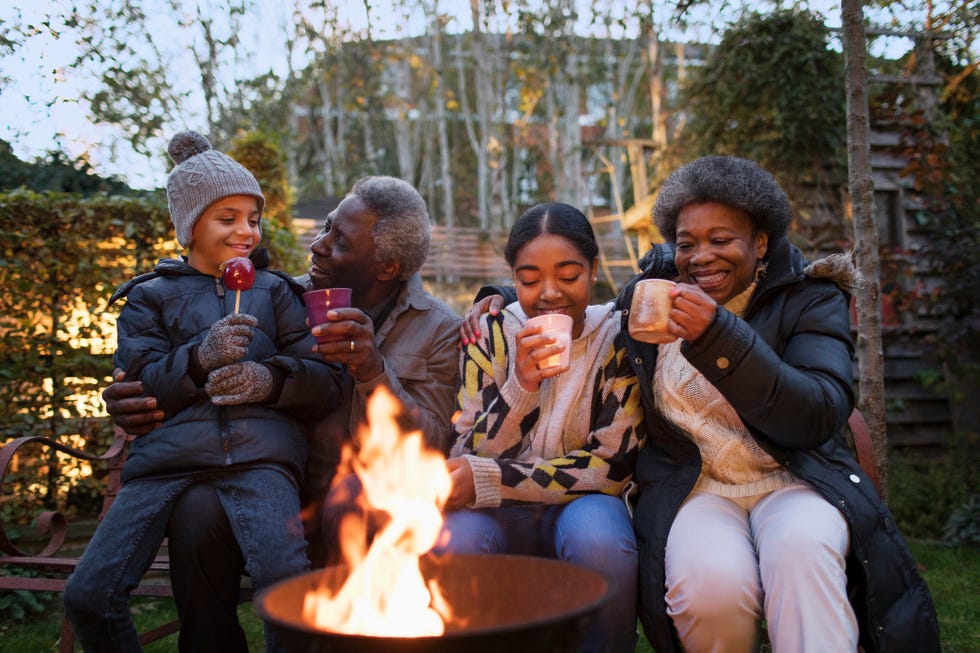
Research has shown that people born in the fall are more likely to live to 100 years old, and no, it's not just a coincidence. Studies show that the month you're born in can influence the environment you develop in, both inside the womb and out. That environment can do everything from affecting your behavior to your overall health.
In Greek mythology, autumn began in an interesting way.
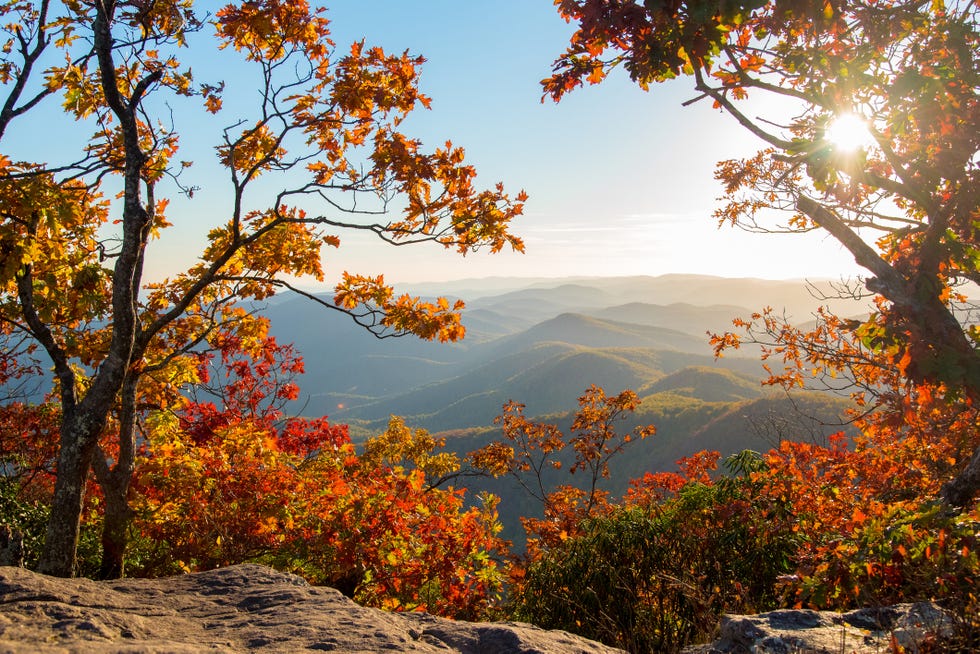
In Greek mythology, the story of autumn is very different than how we think of the season. Fall began when Persephone, the daughter of Demeter (who was the goddess of nature and the harvest), was kidnapped by Hades, the god of the underworld. He fell in love with Persephone and wanted her to be the queen of the underworld alongside him. Demeter was so upset about her daughter being kidnapped that she caused all of the crops on the planet to diet until Persephone could return to mark the start of spring.
Fall colors depend on how much sugar is in the leaves.
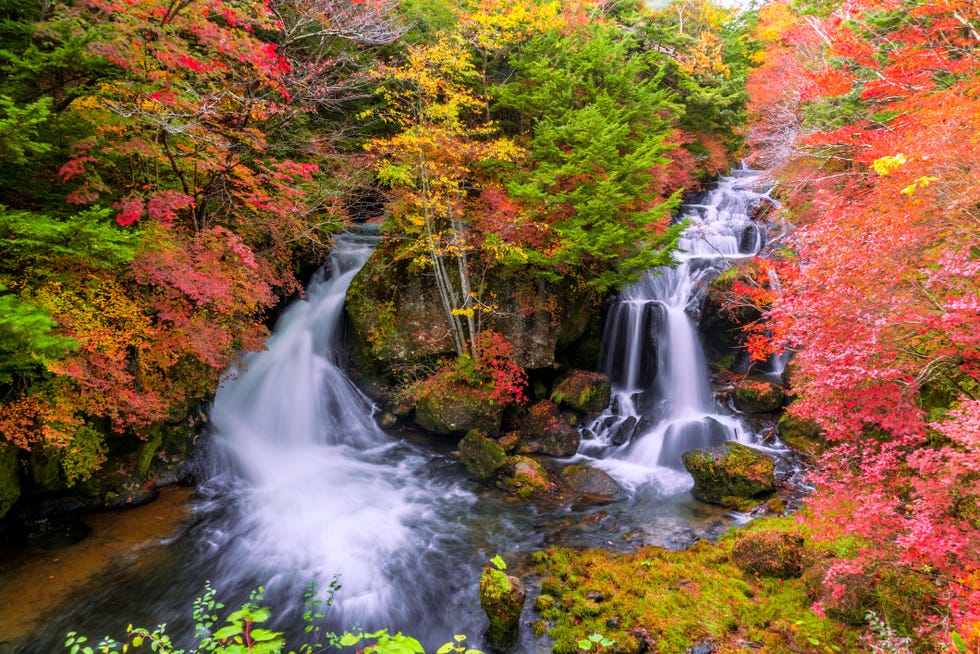
Fall leaf colors are caused by certain pigments in the leaves, and different kinds of trees produce different pigments. When you notice leaves that are purple and red, that's caused by the "anthocyanins" pigment, which is only produced in the fall when sugars are trapped in the leaves. Lots of dry weather and sunlight will lead to more sugars in the leaves, meaning the leaves will be brighter red. Freezing, meanwhile, stops the process of making red pigments.
Leaves don't REALLY change colors.
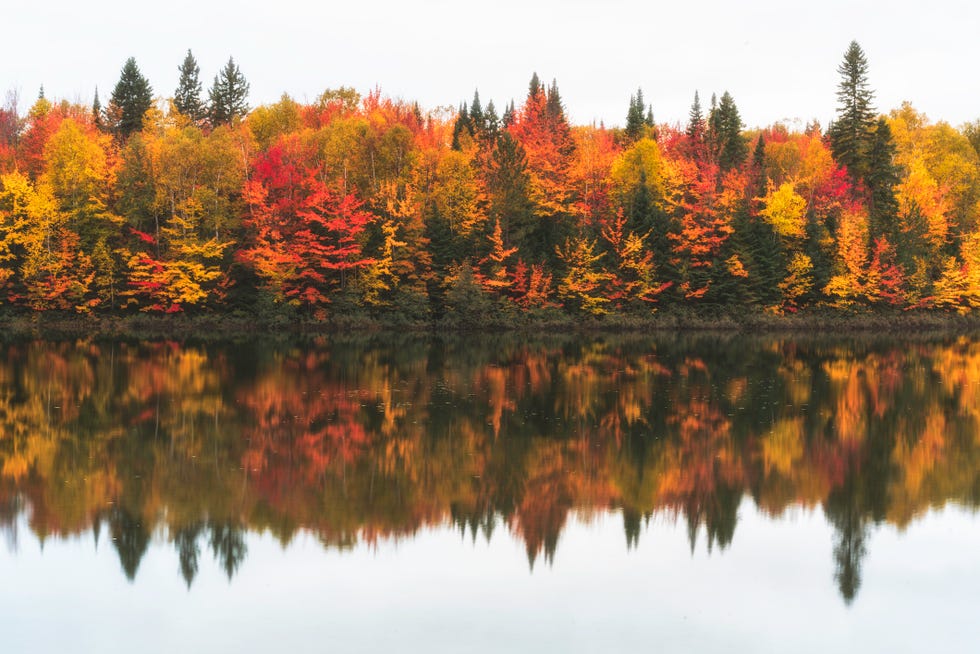
Okay, here's the deal: All of those colors in a leaf have always been there, it's just that they don't come out until conditions are right. Leaf colors depend on the sun. Leaves are full of chlorophyll, a natural chemical that makes them green. But when the leaves get less sunshine, chlorophyll isn't produced as much, making the green color fade, and allowing the natural color of the leaves to come out. So, really, leaves are naturally red, yellow, orange, and purple—the green is just dominant most of the year.
Global warming could ruin fall foliage.
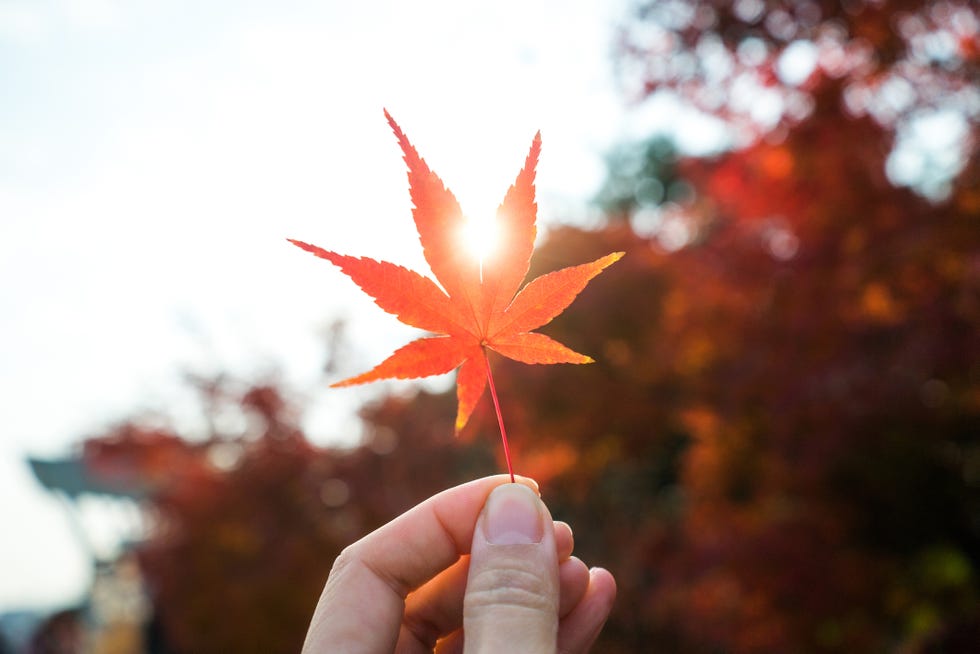
If you look forward to fall foliage every year, then you'd better do your part to help combat climate change. Scientists believe that global warming is going to run fall foliage, and may have started already. Leaf colors are highly affected by temperature, light, and water supply. If the temperatures remain too warm, that delays the leaves from showing their natural colors.
Bobbing for apples was once a British courting ritual.
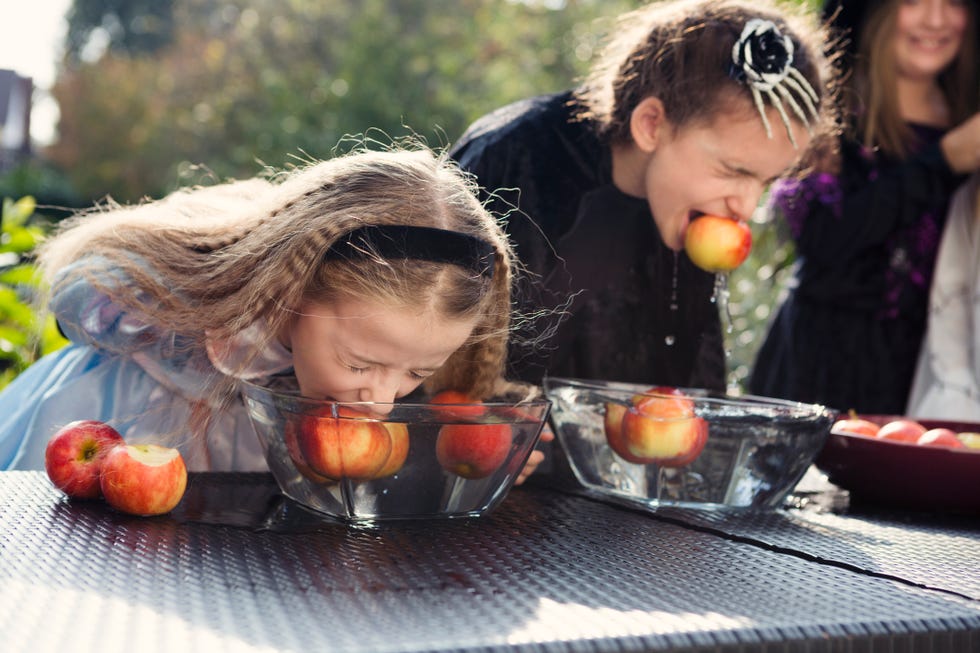
Bobbing for apples has been a popular (if kind of disgusting) party game for Halloween celebrations for a long time, but it wasn't always about the spooky holiday. It actually started out as a British courting ritual. Males were assigned an apple, and females would bob for them, trying to get the right apple from the man she wanted. If she did, it meant they were destined to be together.
Children born in autumn do better in school.

Research has shown that children who are born in autumn (anywhere between September and December) are more likely to do better in school and reach a "good level of development" than those born at other times of the year. It's not clear exactly why that is.
Leaves fall because of a hormone.
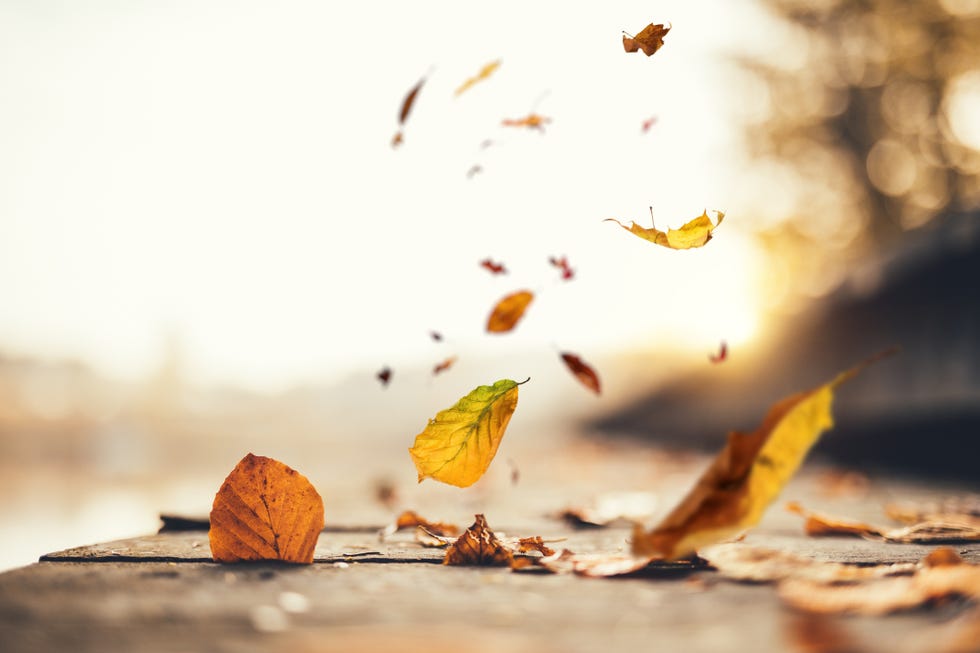
You now know why leaves change color, but do you know why they fall off trees? As their exposure to light decreases in the fall, they start to produce a hormone that boosts the growth of a cell between the stem and the leaf. As that happens, the leaf is basically forced to fall off the stem. Even if this didn't happen, leaves would fall off the trees int he winter as they would freeze and die.
We really do have an instinct to fall in love in autumn.
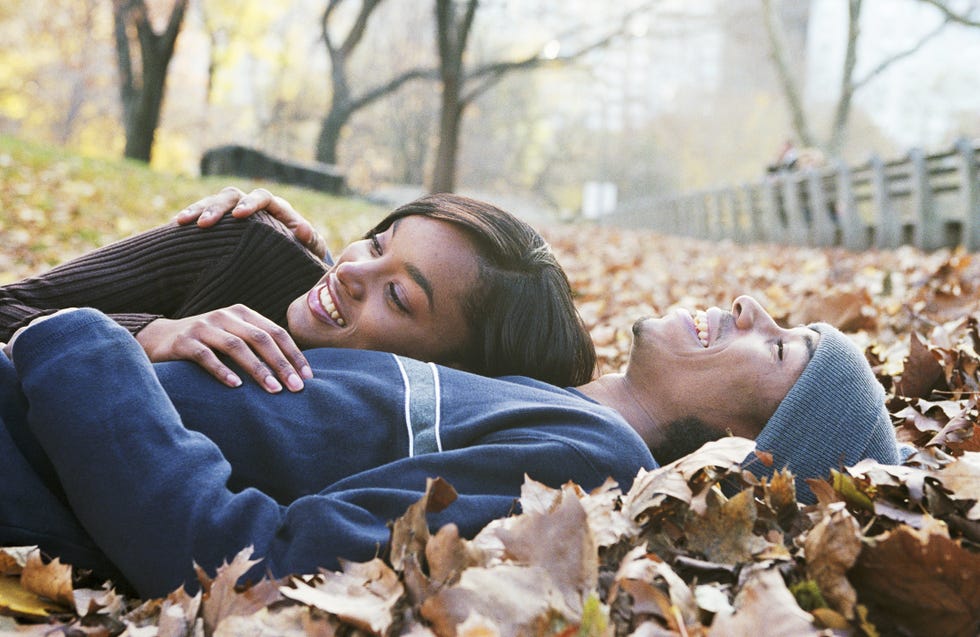
Do you find that fall really makes you want a significant other to cuddle with? If so, you're definitely not alone. Research shows that colder weather makes people want to get closer to others, and also ignites the desire to find a relationship so they aren't alone in the winter.
It's the best time to see the aurora borealis.

If you're looking to get a glimpse of the aurora borealis in the sky, you might want to wait for autumn. The longer nights and cooler weather make fall "aurora season," according to NASA. Geomagnetic storms are about twice as frequent during the fall, creating the light show.
Heart attack rates drop in the fall.
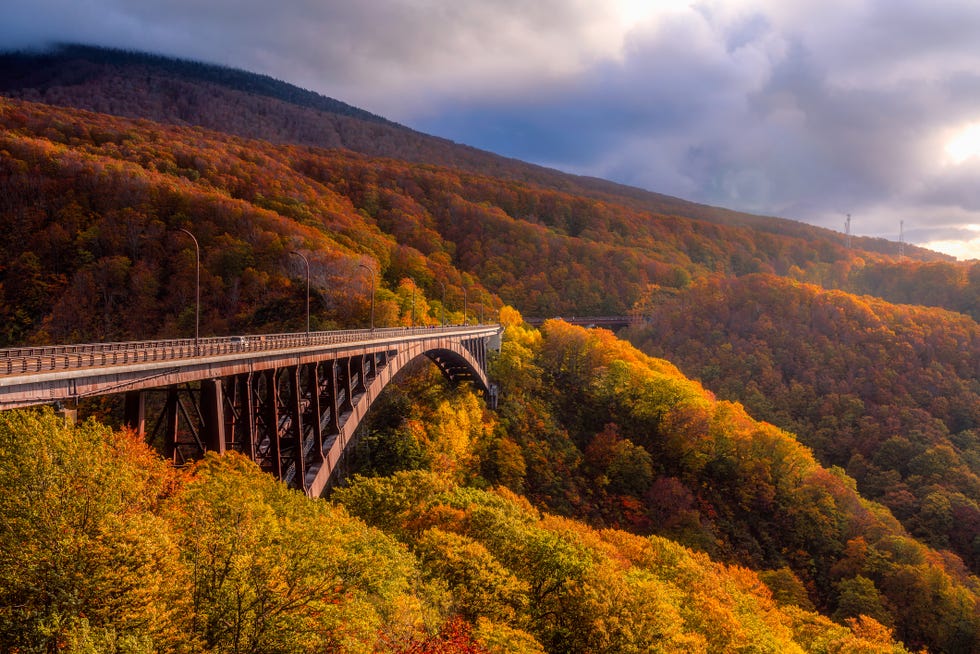
The spring equinox that causes us lose an hour is the worst, but gaining an hour during the autumn equinox is actually good for us. According to the New England Journal of Medicine, the rate of heart attacks for Americans is known to fall on the Monday following the end of daylight savings time.
Kids who are born in the fall are more athletic.
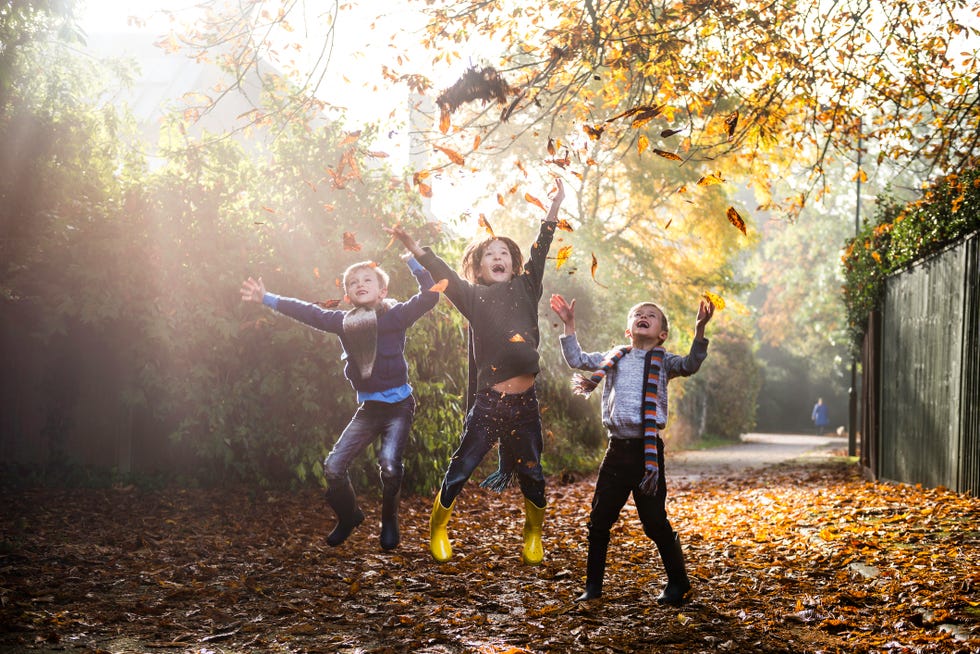
Kids who are born in the fall might live longer, do better in school, and, apparently, become more athletic. Researchers at the University of Essex in Great Britain found that kids born in the fall are more athletic. Why is that? Their mother, when pregnant, likely had a lot more exposure to sun, which helped her body produce more vitamin D, which helped give the kids stronger bones.
Pumpkin spice doesn't even really taste like pumpkin.

You might say you love the way pumpkin tastes, but actually you just love the way you think pumpkin tastes. Pumpkin spice doesn't taste like real pumpkin (that generally just tastes like squash). The flavor is a mix of ground cinnamon, nutmeg, dry ginger, and cloves, and has nothing to do with a squash flavor.
Ancient people wore Halloween costumes to scare off ghosts.
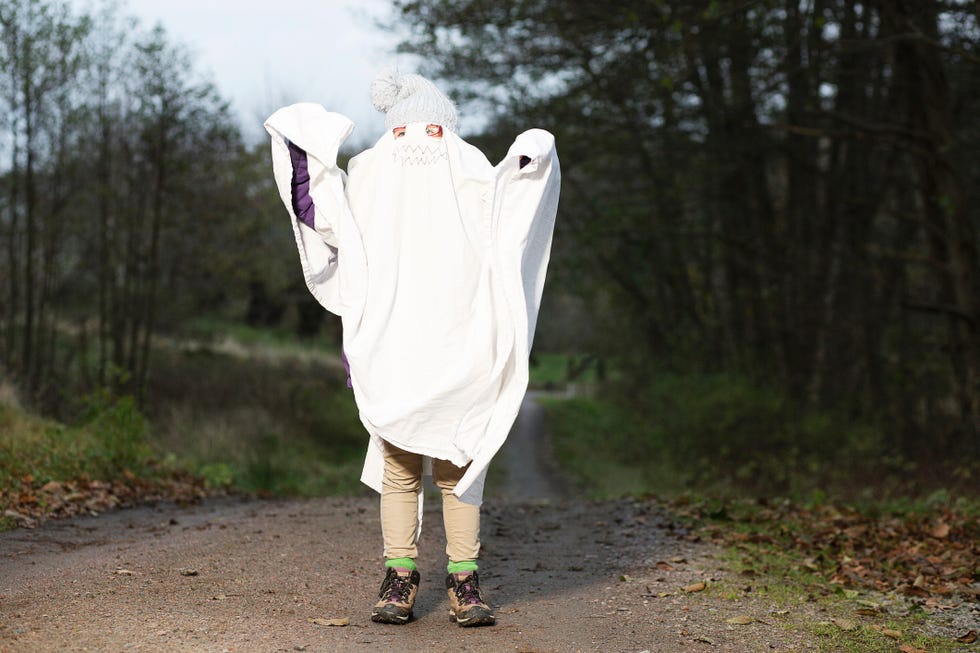
Halloween is incredibly popular during the fall, and it's a holiday that has been around for a very long time. But centuries ago, it was a little different—and more dark. It celebrated human death, and the Celts believed that on the night before Halloween, the boundary between the living and the dead came down. They started wearing scary costumes in order to scare away the ghosts that they believed walked the earth on Halloween.
The Irish used to carve turnips and potatoes.
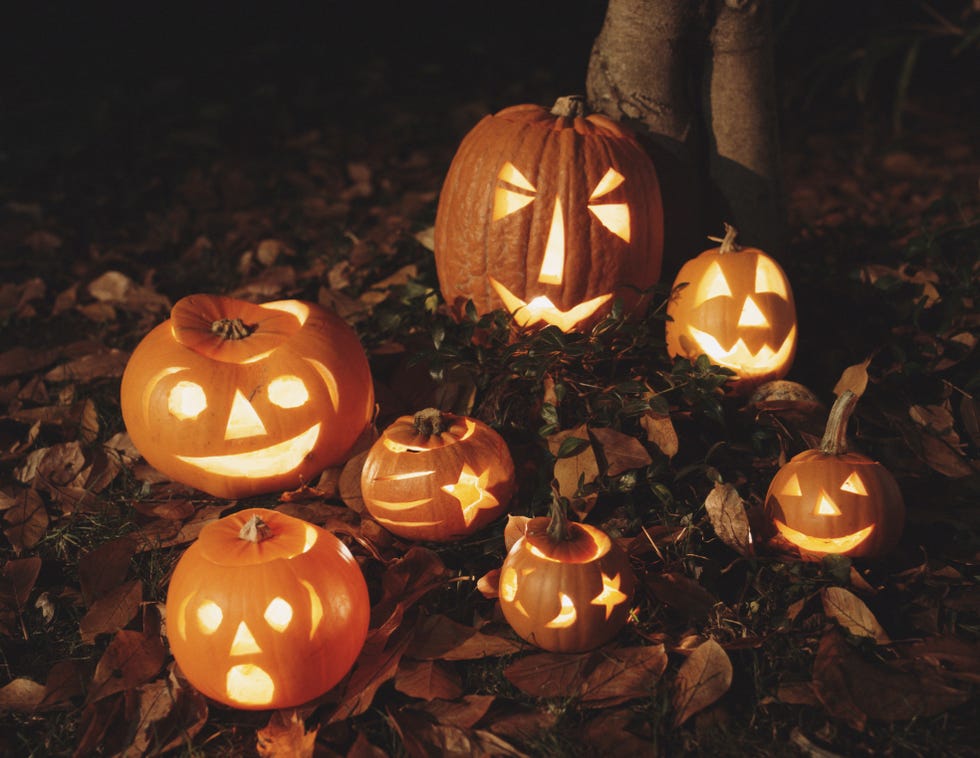
Much like Halloween costumes, Jack-o'-lanterns started out as a way for people to scare off evil spirits around Halloween. Back in the day, the Irish carved the faces into turnips, beets, or potatoes instead of pumpkins.
Kids born in fall might be taller.

Here's another interesting fact about kids born in autumn: Studies have found that kids born in late summer and early autumn are slightly taller on average than kids born in the winter and spring. Again, it's probably because their mothers are exposed to more sun and vitamin D while being pregnant during the summer.
You need a lot of apples to make apple cider.

Apple cider is nearly as popular as pumpkin spice during the fall. But keeping up with the demand for fresh cider requires a whole lot of apples—just one gallon of apple cider requires 36 apples.


7 Reasons Why Octopuses Are the Weirdest/Greatest

The 10 Bestselling EVs of 2025 (So Far)

17 Common House Bugs to Know

The Best Photo Scanners for Digitizing Pictures





